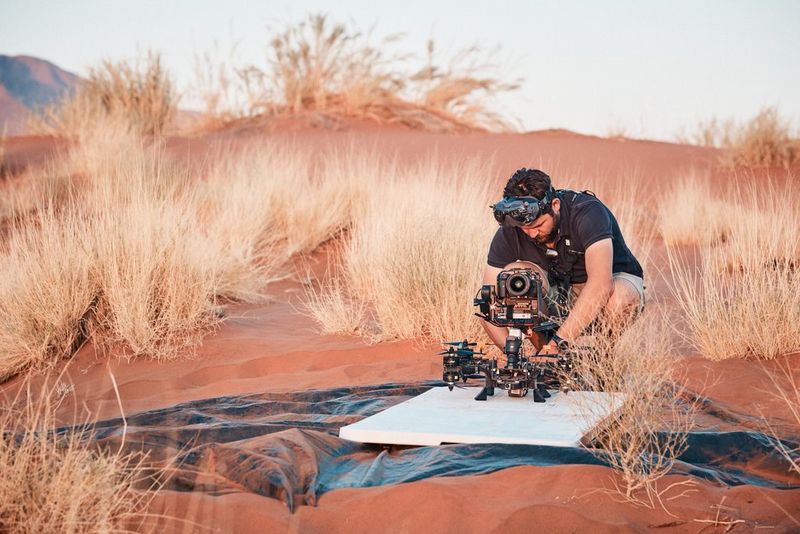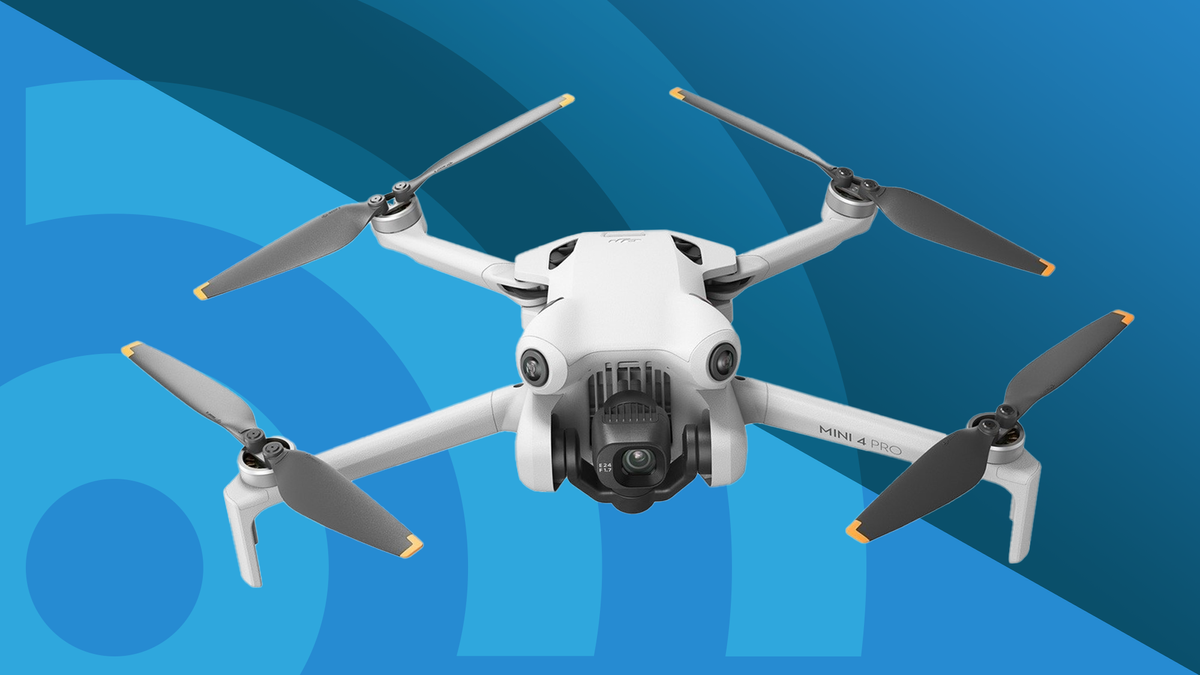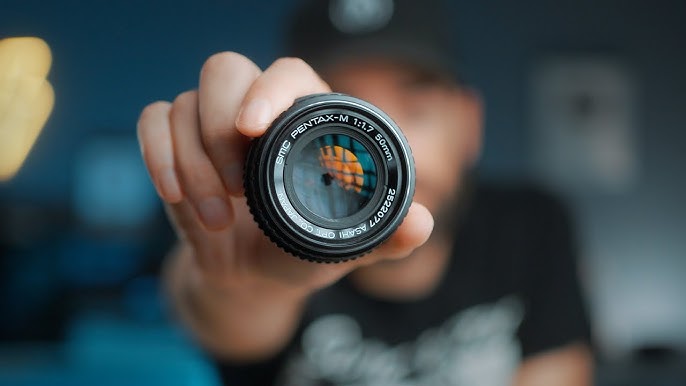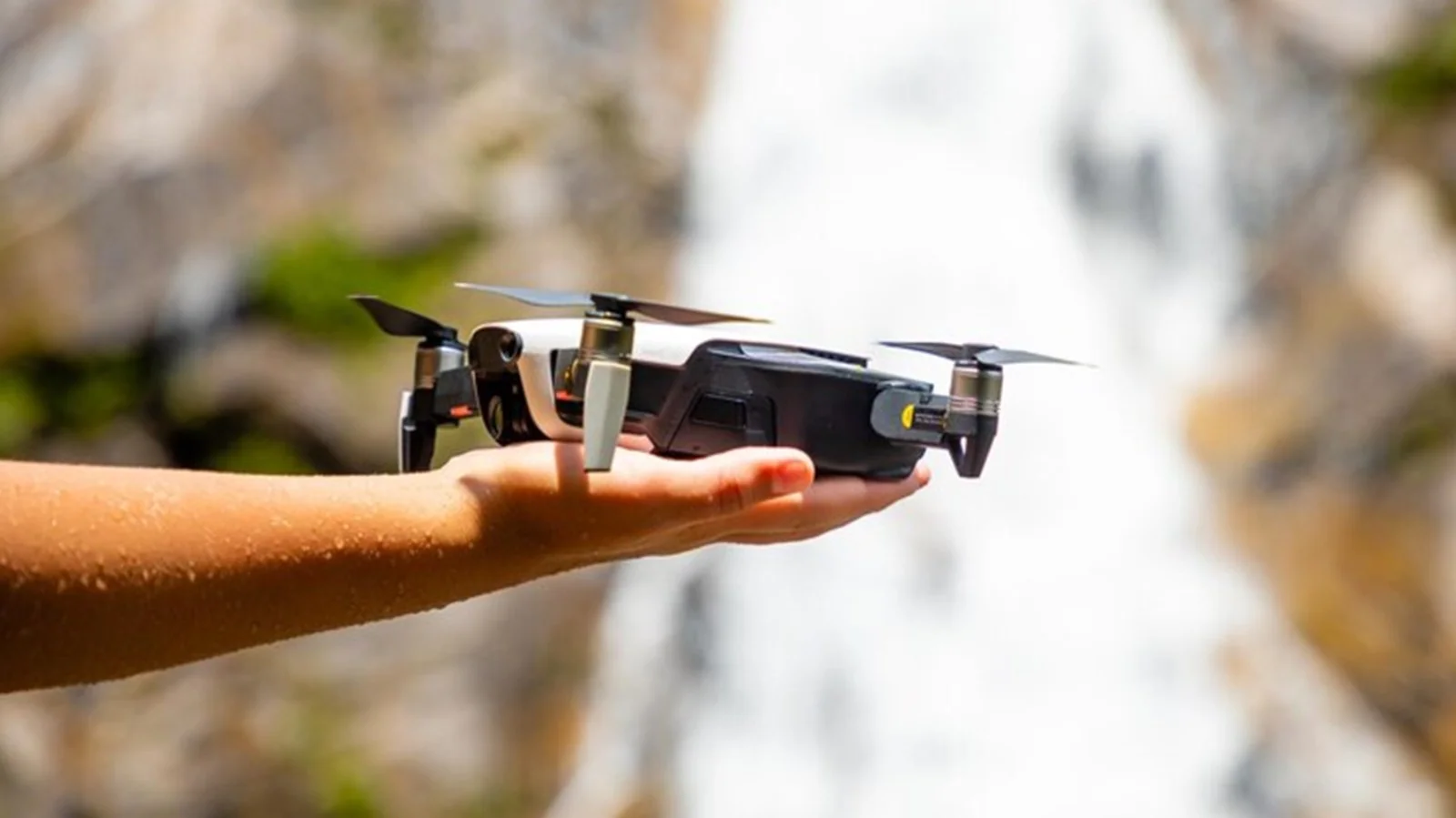Drones have revolutionized the world of aerial photography, offering unique vantage points and creative possibilities. One critical decision drone operators face is choosing between zoom and prime lenses for their cameras.
In this article, we will explore the differences between these two lens types and help you decide which one is best suited for your aerial photography needs.
Zoom Lens: Versatility in the Sky
Zoom lenses are known for their versatility and the ability to adjust focal lengths, providing a range of perspectives without the need to switch lenses. Here are some advantages of using a zoom lens for drone photography:
- Variable Focal Length: Zoom lenses offer adjustable focal lengths, allowing you to zoom in and out to frame shots differently without changing lenses. This versatility is especially useful when shooting subjects at various distances.
- Flexibility: A zoom lens covers a range of focal lengths in a single package, reducing the need to carry multiple lenses, which can be cumbersome during drone flights.
- Ease of Use: Zoom lenses are user-friendly and are a good choice for beginners. They simplify the process of framing shots, making it easier to compose images on the fly.
- Adaptability: Zoom lenses are well-suited for capturing a wide range of subjects, from distant landscapes to close-up details, providing flexibility for various photography styles.
Prime Lens: Precision and Image Quality
Prime lenses have fixed focal lengths, meaning they do not zoom in or out. While they lack the versatility of zoom lenses, they offer unique advantages for drone photography:
- Image Quality: Prime lenses are renowned for their exceptional image quality, producing sharp and distortion-free images with minimal aberrations. This makes them ideal for capturing high-resolution aerial photos and videos.
- Wider Aperture: Many prime lenses have wider maximum apertures, allowing for more light to enter the camera. This is beneficial for low-light situations and achieving a shallow depth of field, which can create stunning bokeh effects.
- Optical Performance: Prime lenses are designed for optimal optical performance at a specific focal length, resulting in superior image quality and reduced distortion.
- Creative Control: With a prime lens, you have to physically maneuver the drone to change your composition, which can lead to more deliberate and creative framing decisions.
Choosing the Right Lens for Your Drone
The choice between a zoom lens and a prime lens depends on your specific photography goals and preferences:
- Zoom Lens: Choose a zoom lens if you require flexibility, ease of use, and the ability to capture subjects at various distances without the hassle of changing lenses during flight. Zoom lenses are great for versatile shooting situations.
- Prime Lens: Opt for a prime lens if you prioritize image quality, precision, and creative control. Prime lenses excel in producing sharp, distortion-free images, making them ideal for capturing high-resolution aerial shots with a focus on detail and clarity.
In Conclusion
Both zoom and prime lenses have their strengths and limitations, and the right choice depends on your intended use and personal preferences.
Understanding the unique advantages of each lens type will help you make an informed decision, ensuring that your drone captures breathtaking aerial imagery tailored to your specific needs and artistic vision.









Leave a Reply